1. Stone GW, Midei M, Newman W, et al. Comparison of an everolimus-eluting stent and a paclitaxel-eluting stent in patients with coronary artery disease: a randomized trial. JAMA 2008;299:1903ŌĆō1913PMID : 18430909.


2. Stone GW, Midei M, Newman W, et al. Randomized comparison of everolimus-eluting and paclitaxel-eluting stents: two-year clinical follow-up from the Clinical Evaluation of the Xience V Everolimus Eluting Coronary Stent System in the Treatment of Patients with de novo Native Coronary Artery Lesions (SPIRIT) III trial. Circulation 2009;119:680ŌĆō686PMID : 19171853.


3. Meredith IT, Worthley S, Whitbourn R, et al. Clinical and angiographic results with the next-generation resolute stent system: a prospective, multicenter, first-in-human trial. JACC Cardiovasc Interv 2009;2:977ŌĆō985PMID : 19850258.


4. Mukherjee D, Moliterno DJ. Second-generation drug-eluting stents and the continuous need for rapidly available real-world data. JACC Cardiovasc Interv 2009;2:1236ŌĆō1239PMID : 20129550.


5. Meredith IT, Worthley SG, Whitbourn R, et al. Long-term clinical outcomes with the next-generation resolute stent system: a report of the two-year follow-up from the RESOLUTE clinical trial. EuroIntervention 2010;5:692ŌĆō697PMID : 20142220.


6. Raber L, Magro M, Stefanini GG, et al. Very late coronary stent thrombosis of a newer-generation everolimus-eluting stent compared with early-generation drug-eluting stents: a prospective cohort study. Circulation 2012;125:1110ŌĆō1121PMID : 22302840.


7. Uchida T, Popma J, Stone GW, et al. The clinical impact of routine angiographic follow-up in randomized trials of drug-eluting stents: a critical assessment of "oculostenotic" reintervention in patients with intermediate lesions. JACC Cardiovasc Interv 2010;3:403ŌĆō411PMID : 20398868.


8. Rupprecht HJ, Espinola-Klein C, Erbel R, et al. Impact of routine angiographic follow-up after angioplasty. Am Heart J 1998;136(4 Pt 1):613ŌĆō619PMID : 9778063.


9. Ruygrok PN, Melkert R, Morel MA, et al. Does angiography six months after coronary intervention influence management and outcome? Benestent II Investigators. J Am Coll Cardiol 1999;34:1507ŌĆō1511PMID : 10551700.


10. ten Berg JM, Kelder JC, Suttorp MJ, Verheugt FW, Thijs Plokker HW. Influence of planned six-month follow-up angiography on late outcome after percutaneous coronary intervention: a randomized study. J Am Coll Cardiol 2001;38:1061ŌĆō1069PMID : 11583883.


11. Schuhlen H, Kastrati A, Mehilli J, et al. Restenosis detected by routine angiographic follow-up and late mortality after coronary stent placement. Am Heart J 2004;147:317ŌĆō322PMID : 14760331.


12. Pinto DS, Stone GW, Ellis SG, et al. Impact of routine angiographic follow-up on the clinical benefits of paclitaxel-eluting stents: results from the TAXUS-IV trial. J Am Coll Cardiol 2006;48:32ŌĆō36PMID : 16814645.


13. Shimada K, Kasanuki H, Hagiwara N, Ogawa H, Yamaguchi N. Routine coronary angiographic follow-up and subsequent revascularization in patients with acute myocardial infarction. Heart Vessels 2008;23:383ŌĆō389PMID : 19037585.


14. Topol EJ, Nissen SE. Our preoccupation with coronary luminology: the dissociation between clinical and angiographic findings in ischemic heart disease. Circulation 1995;92:2333ŌĆō2342PMID : 7554219.


15. Lansky AJ, Brar SS, Yaqub M, et al. Impact of routine angiographic follow-up after percutaneous coronary intervention with drug-eluting stents in the SPIRIT III randomized trial at three years. Am J Cardiol 2012;110:21ŌĆō29PMID : 22464212.


16. Stone GW, Parise H, Witzenbichler B, et al. Selection criteria for drug-eluting versus bare-metal stents and the impact of routine angiographic follow-up: 2-year insights from the HORIZONS-AMI (Harmonizing Outcomes With Revascularization and Stents in Acute Myocardial Infarction) trial. J Am Coll Cardiol 2010;56:1597ŌĆō1604PMID : 20888162.


17. Stone GW, Moses JW, Ellis SG, et al. Safety and efficacy of sirolimus- and paclitaxel-eluting coronary stents. N Engl J Med 2007;356:998ŌĆō1008PMID : 17296824.


18. Stefanini GG, Kalesan B, Serruys PW, et al. Long-term clinical outcomes of biodegradable polymer biolimus-eluting stents versus durable polymer sirolimus-eluting stents in patients with coronary artery disease (LEADERS): 4 year follow-up of a randomised non-inferiority trial. Lancet 2011;378:1940ŌĆō1948PMID : 22075451.


19. Camenzind E, Wijns W, Mauri L, et al. Stent thrombosis and major clinical events at 3 years after zotarolimus-eluting or sirolimus-eluting coronary stent implantation: a randomised, multicentre, open-label, controlled trial. Lancet 2012;380:1396ŌĆō1405PMID : 22951082.


20. Kandzari DE, Mauri L, Popma JJ, et al. Late-term clinical outcomes with zotarolimus- and sirolimus-eluting stents: 5-year follow-up of the ENDEAVOR III (a randomized controlled trial of the medtronic endeavor Drug [ABT-578] eluting coronary stent system versus the cypher sirolimus-eluting coronary stent system in de novo native coronary artery lesions). JACC Cardiovasc Interv 2011;4:543ŌĆō550PMID : 21596327.


21. Stefanini GG, Byrne RA, Serruys PW, et al. Biodegradable polymer drug-eluting stents reduce the risk of stent thrombosis at 4 years in patients undergoing percutaneous coronary intervention: a pooled analysis of individual patient data from the ISAR-TEST 3, ISAR-TEST 4, and LEADERS randomized trials. Eur Heart J 2012;33:1214ŌĆō1222PMID : 22447805.


22. Park TK, Song YB, Gwag HB, et al. Aspirin versus clopidogrel following dual antiplatelet therapy on the era of drug eluting stents. J Am Coll Cardiol 2014;63(12 Suppl):A1612.

23. Kip KE, Hollabaugh K, Marroquin OC, Williams DO. The problem with composite end points in cardiovascular studies: the story of major adverse cardiac events and percutaneous coronary intervention. J Am Coll Cardiol 2008;51:701ŌĆō707PMID : 18279733.





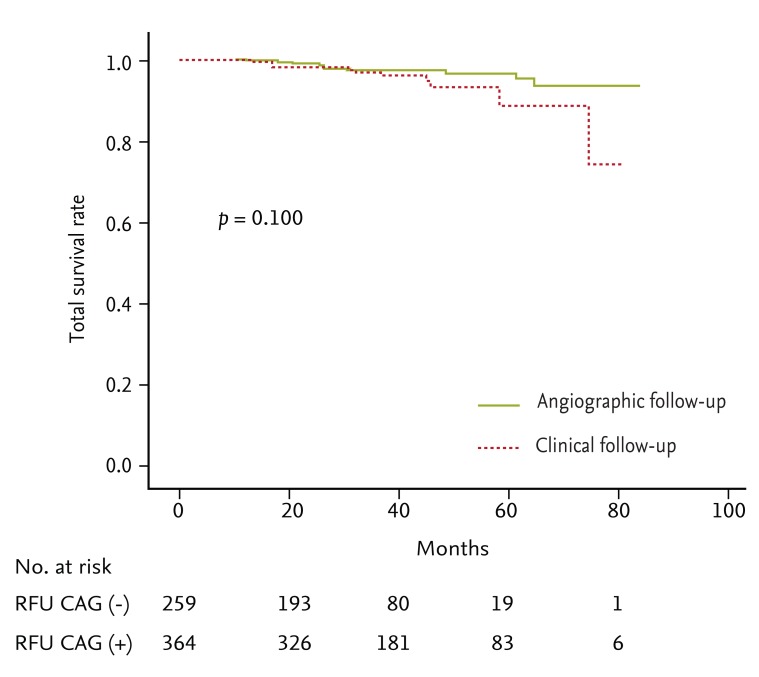
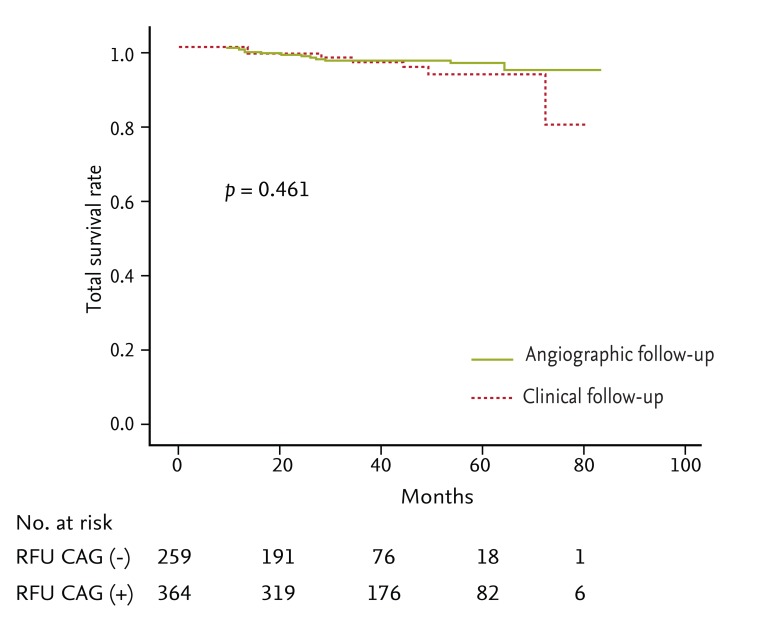
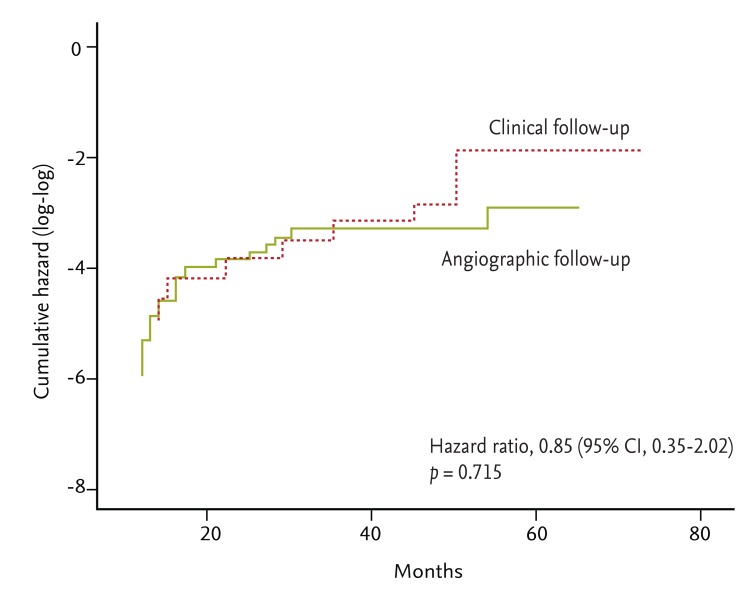

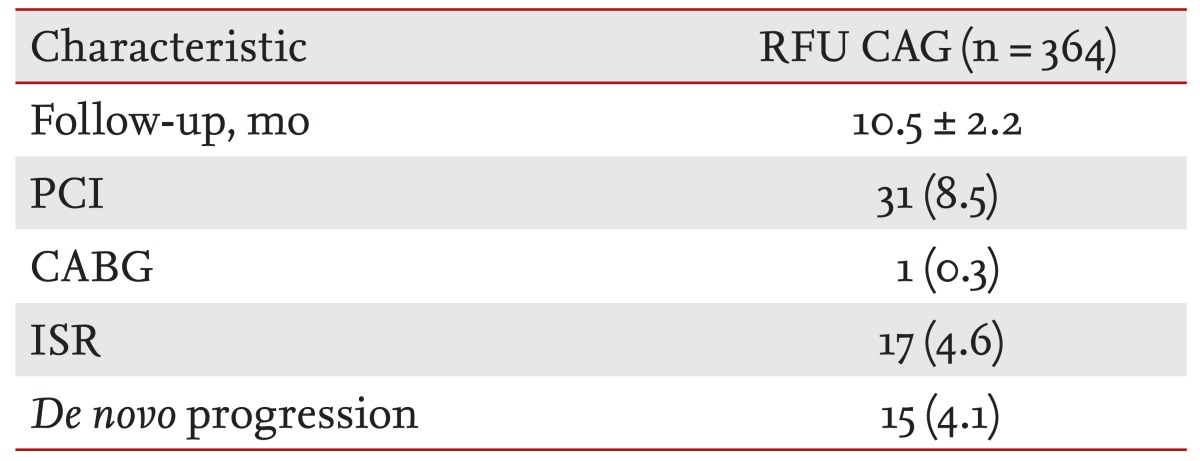

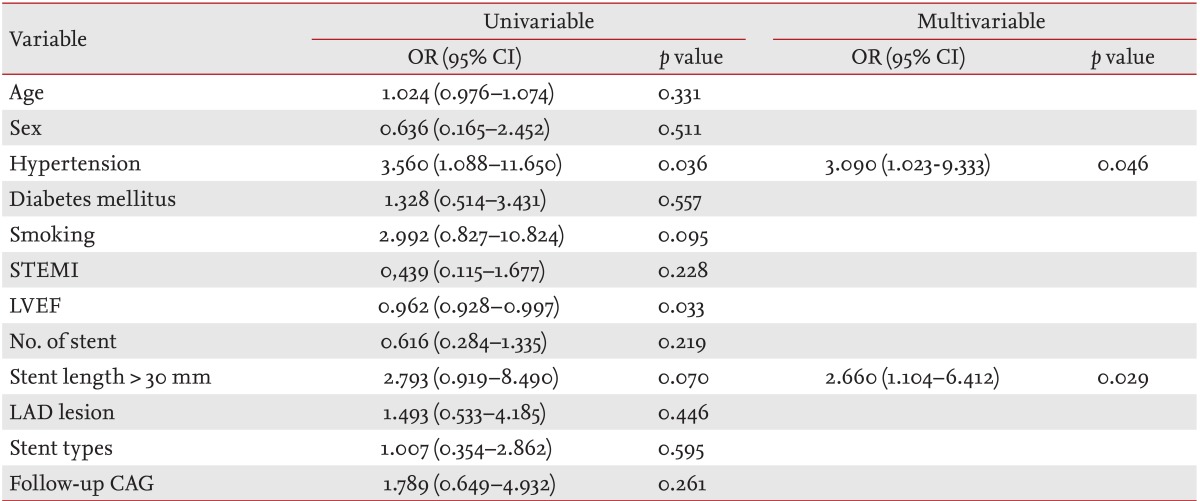
 PDF Links
PDF Links PubReader
PubReader ePub Link
ePub Link Full text via DOI
Full text via DOI Download Citation
Download Citation Print
Print





